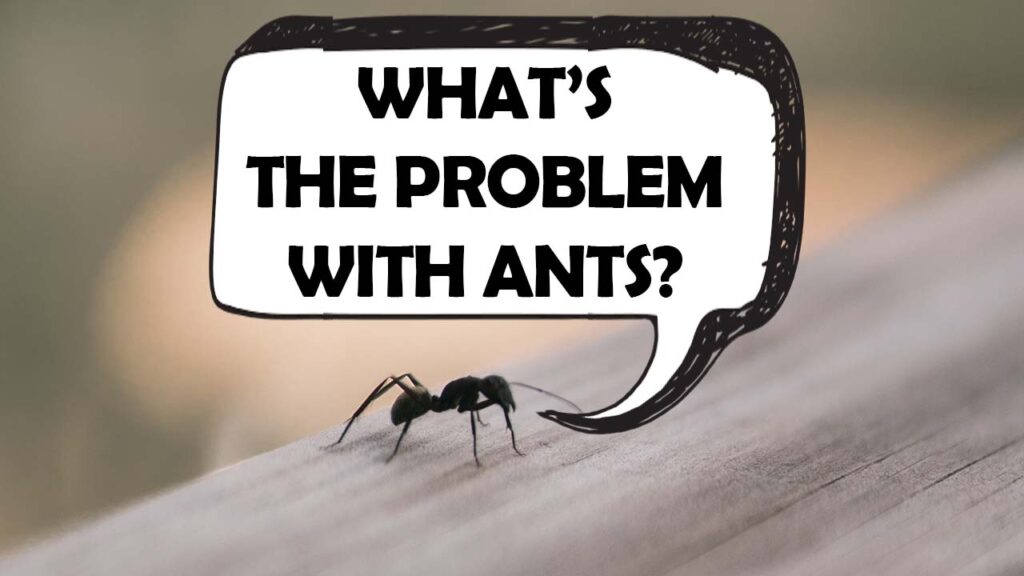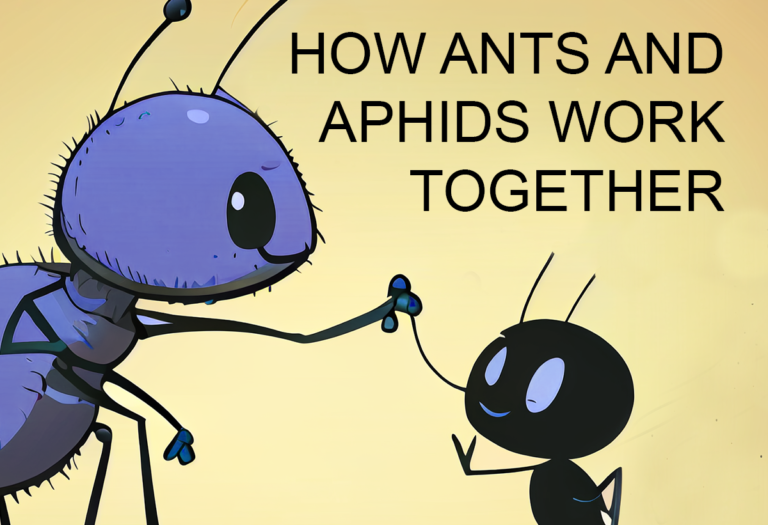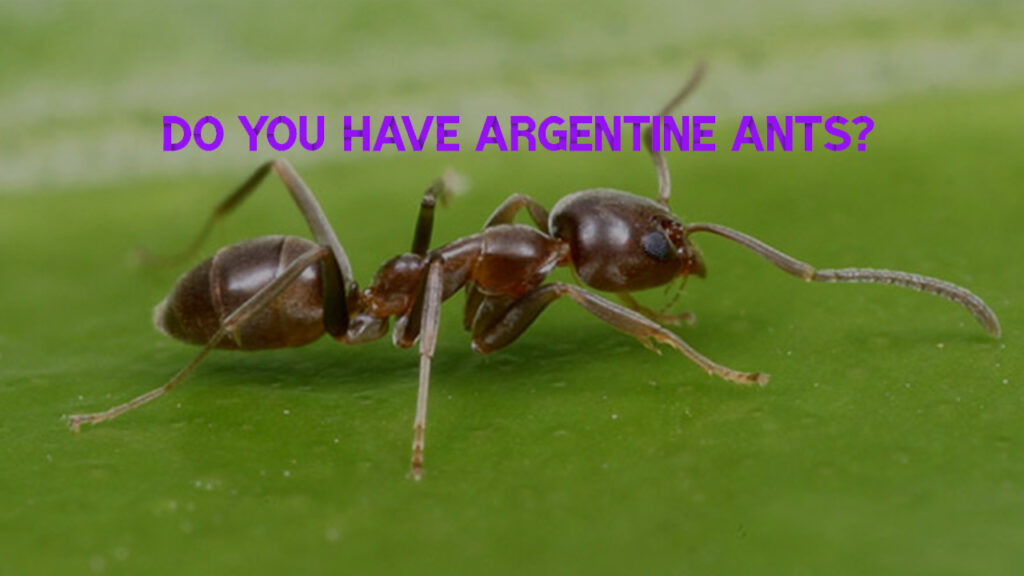
Understanding the Impact of Ants in Your Home and Garden
Ants are a common sight in homes and gardens, often appearing in search of food and shelter. While they may seem like a minor inconvenience, their presence can lead to structural concerns, increased pest activity, and potential health risks. Understanding why ants invade homes and how to manage them can help maintain a safe and comfortable living environment.
Ants and Structural Damage: What You Should Know
Certain ant species, such as carpenter ants, can affect the integrity of your home. Unlike termites, carpenter ants do not consume wood, but they tunnel through it to create nesting spaces. Over time, this activity can weaken wooden structures, leading to costly repairs. If you notice sawdust-like material near wooden surfaces, it could be a sign of carpenter ant activity.
How Ants Contribute to Garden Pests and Mold Growth
Ants play a complex role in outdoor ecosystems. While they do not directly harm plants, their presence can contribute to other pest problems. Ants are often attracted to honeydew, a sugary substance secreted by insects such as aphids, whiteflies, and scale insects. By protecting these pests, ants allow them to thrive, which can lead to plant damage and the growth of sooty mold—a black fungal coating that affects plant health.
Odors Associated with Certain Ant Species
Some ant species release distinct odors when disturbed or crushed. For example, odorous house ants emit a musty, rotten smell, while carpenter ants can produce a vinegar-like odor. While these smells are not harmful, they can be unpleasant and may indicate a larger ant infestation.
Potential Health Considerations
While most household ants do not bite or sting, they can still pose hygiene concerns. Ants often travel through unsanitary areas before making their way into kitchens and food storage spaces. Studies have shown that ants can carry bacteria such as E. coli, Salmonella, and Staphylococcus, which have the potential to contaminate surfaces and food.
Proactive Ant Management
Managing ant populations before they become a problem is key to preventing structural damage, pest infestations, and hygiene issues. Here are some proactive steps you can take:
- Seal entry points by caulking gaps around windows, doors, and foundation cracks.
- Reduce attractants by keeping food sealed, cleaning up spills promptly, and storing pet food properly.
- Maintain outdoor areas by trimming vegetation near your home and removing excess moisture sources.
If ant activity persists despite preventive measures, professional pest control services can help assess the situation and implement targeted solutions.
Contact a Pest Control Specialist
Learn More About Ants at Our Blog

How Ants and Aphids Work Together for Mutual Benefit
How Ants and Aphids Work Together for Mutual Benefit Ants and aphids have a unique and fascinating relationship that has intrigued scientists for years. These

Do Carpenter Ants Eat Wood?
Do Carpenter Ants Eat Wood? No, carpenter ants do not eat wood. They tunnel into wood to create nests. In doing so, carpenter ants remove

Are termites and ants the same?
Are termites and ants the same? “Are termites ants?” It’s a common question that many homeowners may ask themselves when they suspect an infestation of











